Weight lifting machines have revolutionized strength training, offering gym-goers and home fitness enthusiasts a safer and more efficient way to build muscle. Unlike free weights, which require more balance and stability, weightlifting machines provide guided resistance, making them ideal for beginners and advanced users alike. Whether you're searching for a weight lifter machine for home workouts or a gym lifting machine for commercial fitness centers, understanding their functionality is key to making the right investment.
Benefits of Using Weight Lifting Machines
Weightlifting machines provide numerous advantages over traditional free weights:
- Controlled Movements – Reduces the risk of injury by guiding motion along a fixed path.
- Targeted Muscle Isolation – Ideal for focusing on specific muscle groups.
- Safety & Support – Great for individuals who train alone, as they minimize the risk of dropping weights.
- Easier to Learn – Suitable for beginners who may struggle with free weights.
- Versatility – Many weight systems allow multiple exercises in a single station.
Different Types of Weight Lifting Machines
Weightlifting machines come in various designs, each catering to different muscle groups:
- Plate-Loaded Machines – Use weight plates for resistance (e.g., leg press, chest press).
- Selectorized Machines – Feature a stack of weights adjustable via a pin.
- Cable Machines – Provide constant tension and allow free movement.
- Smith Machines – A guided barbell system ensuring safer weightlifting.
Popular Weight Lifter Machines in Gyms
If you've visited a commercial gym, you’ve likely encountered these top gym weight lifting machines:
- Leg Press Machine – Targets quadriceps, hamstrings, and glutes.
- Lat Pulldown Machine – Strengthens the upper back and lats.
- Chest Press Machine – Simulates a bench press for chest development.
- Leg Curl & Extension Machines – Focus on hamstrings and quadriceps.
- Cable Crossover Machine – Versatile for upper-body workouts.
Choosing the Right Gym Weight Lifting Machine
When selecting a gym lifting machine, consider:
- Adjustability – Machines should accommodate various user heights.
- Durability – Commercial-grade steel frames ensure longevity.
- Versatility – Some machines offer multiple exercise functions.
- Footprint – Home gym users should opt for compact weight systems.
How Weightlifting Machines Improve Strength Training
Weightlifting machines help achieve progressive overload by allowing users to incrementally increase resistance. This consistent muscle engagement leads to improved hypertrophy, endurance, and overall strength. Machines also help with muscle symmetry, ensuring balanced development between opposing muscle groups.
Weightlifting Machines for Sale: What to Look For
When purchasing a weight lifting machine for sale, keep these tips in mind:
- New vs. Used – Used machines can be cost-effective but may require maintenance.
- Brand Reputation – Established brands often provide better warranties.
- Weight Stack Capacity – Higher resistance levels accommodate strength progression.
- Attachments & Accessories – Features like adjustable pulleys add versatility.
Best Gym Lifting Machines for Home Use
For home gyms, compact weight training machines for sale offer full-body workouts in a small space. Some great options include:
- All-in-One Weight Systems – Combine multiple machines into one unit.
- Adjustable Dumbbell Machines – Space-saving alternative to free weights.
- Resistance Band Machines – Low-impact and ideal for beginners.
Top Brands of Weight Training Machines for Sale
Popular brands include:
- Life Fitness – Known for high-quality gym weight lifting machines.
- Bowflex – Best for home gyms with space-saving designs.
- Technogym – Premium commercial lifting weight equipment.
- Hammer Strength – Ideal for professional weightlifters.
Safety Tips for Using a Weight Lifting Machine
- Start with Light Weights – Gradually increase resistance.
- Maintain Proper Form – Avoid jerking movements.
- Use Safety Pins – Prevent accidents on selectorized machines.
- Warm-Up & Cool Down – Reduces the risk of injuries.
Weightlifting Machines vs. Free Weights: Pros and Cons
| Feature | Weightlifting Machines | Free Weights |
|---|---|---|
| Stability | High | Requires balance |
| Muscle Engagement | Targeted | Uses stabilizer muscles |
| Safety | Higher | Riskier without a spotter |
| Versatility | Moderate | High |
| Cost | More expensive | Generally cheaper |
Maintenance and Care for Gym Weight Lifting Machines
- Regular Lubrication – Prevents friction and wear.
- Cleaning Pads & Handles – Avoids bacteria buildup.
- Tightening Bolts & Screws – Ensures stability.
Budget-Friendly Weight Lifting Machines for Sale
- Second-Hand Equipment – Often found at gym closures.
- Discounted Models – End-of-season sales offer great deals.
- Multi-Function Machines – Provide more exercises in a single unit.
Innovations in Weightlifting Machines
- Smart Weight Systems – Offer app-based tracking.
- Hydraulic Resistance Machines – Provide adjustable tension without weights.
- AI-Assisted Training – Guides form and progression.
FAQs About Lift Machines for Gyms
Are weightlifting machines better than free weights?
They offer guided movements, reducing injury risks.
What’s the best weight lifter machine for home use?
Multi-gym weight systems are ideal for compact spaces.
Where can I find weightlifting machines for sale?
Online fitness retailers, second-hand marketplaces, and gym equipment stores.
How often should I maintain my gym lifting machine?
Regular maintenance every 2-3 months ensures longevity.
What’s the cost of a good weight lifting machine?
Prices range from $500 to $5000, depending on features.
Do weight systems build muscle effectively?
Yes, they provide resistance for strength gains.

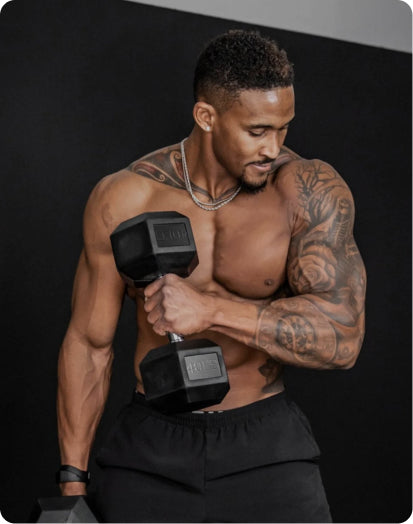
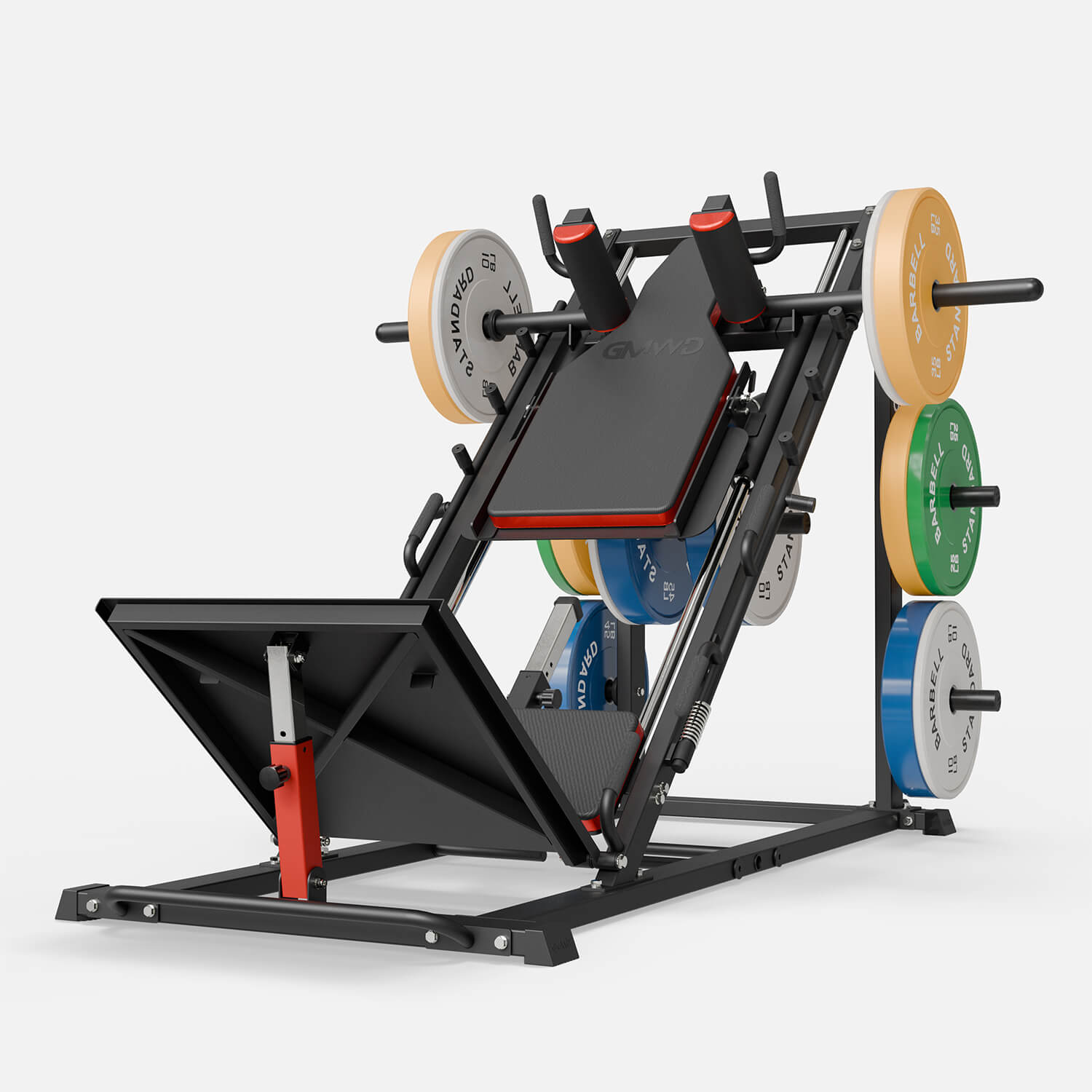
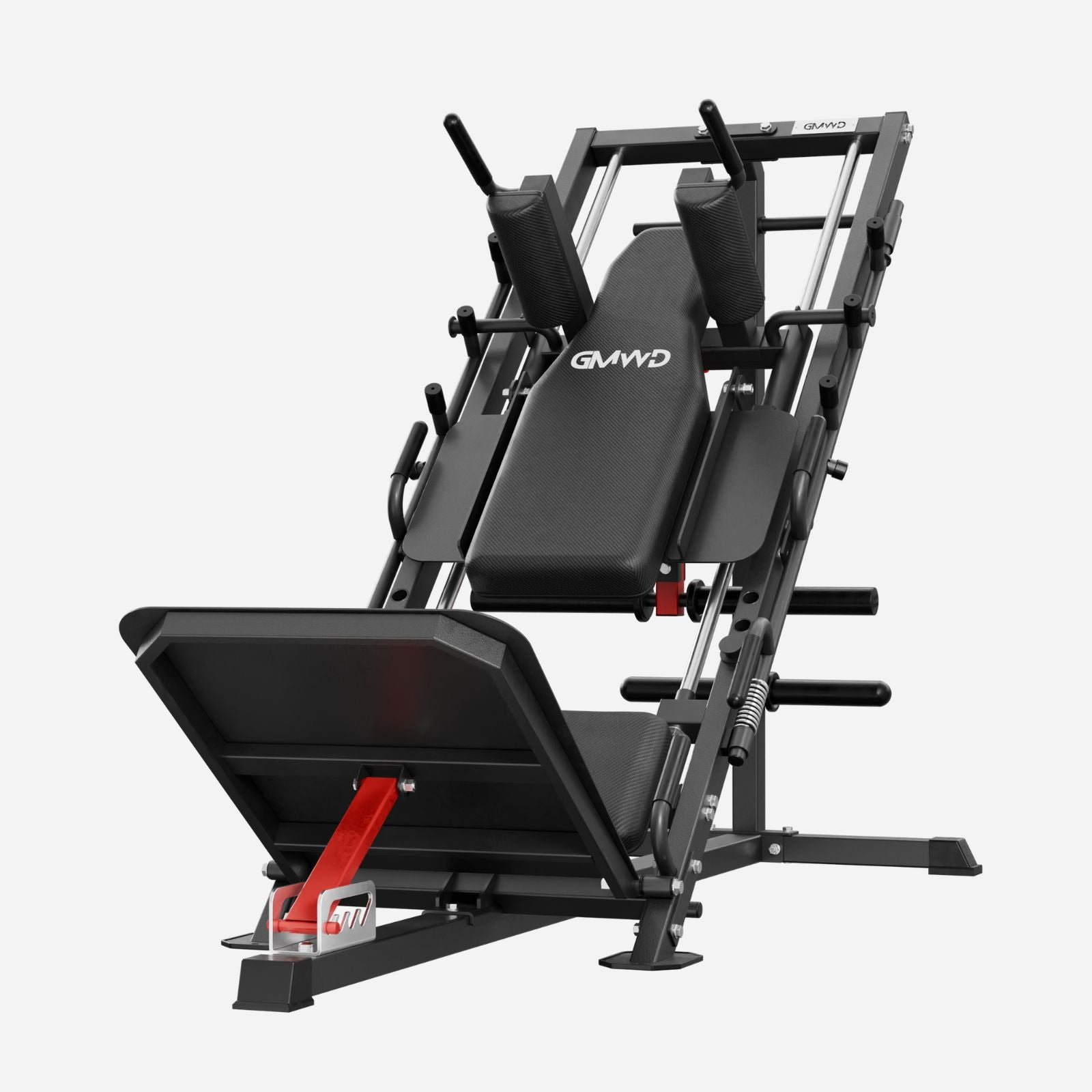

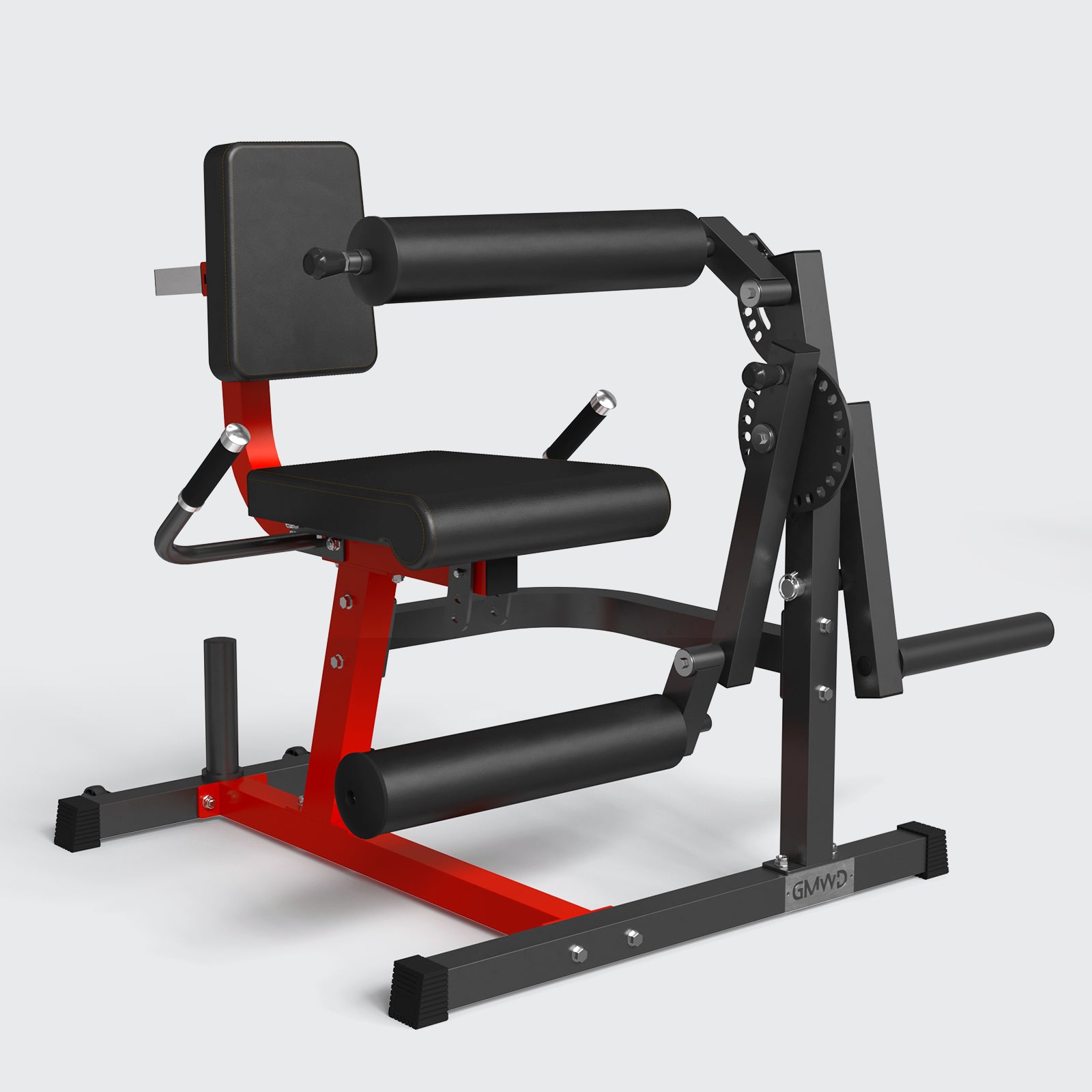
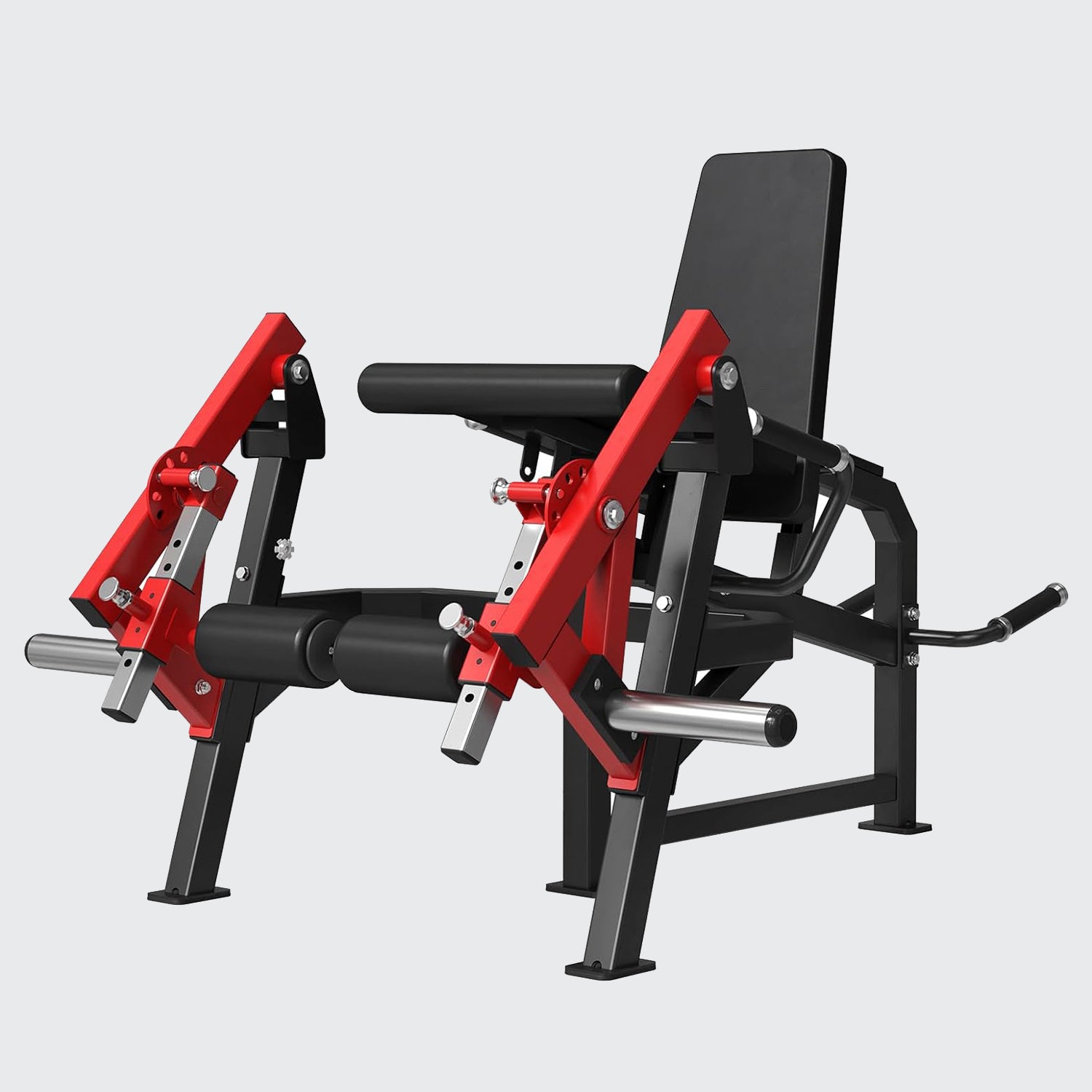
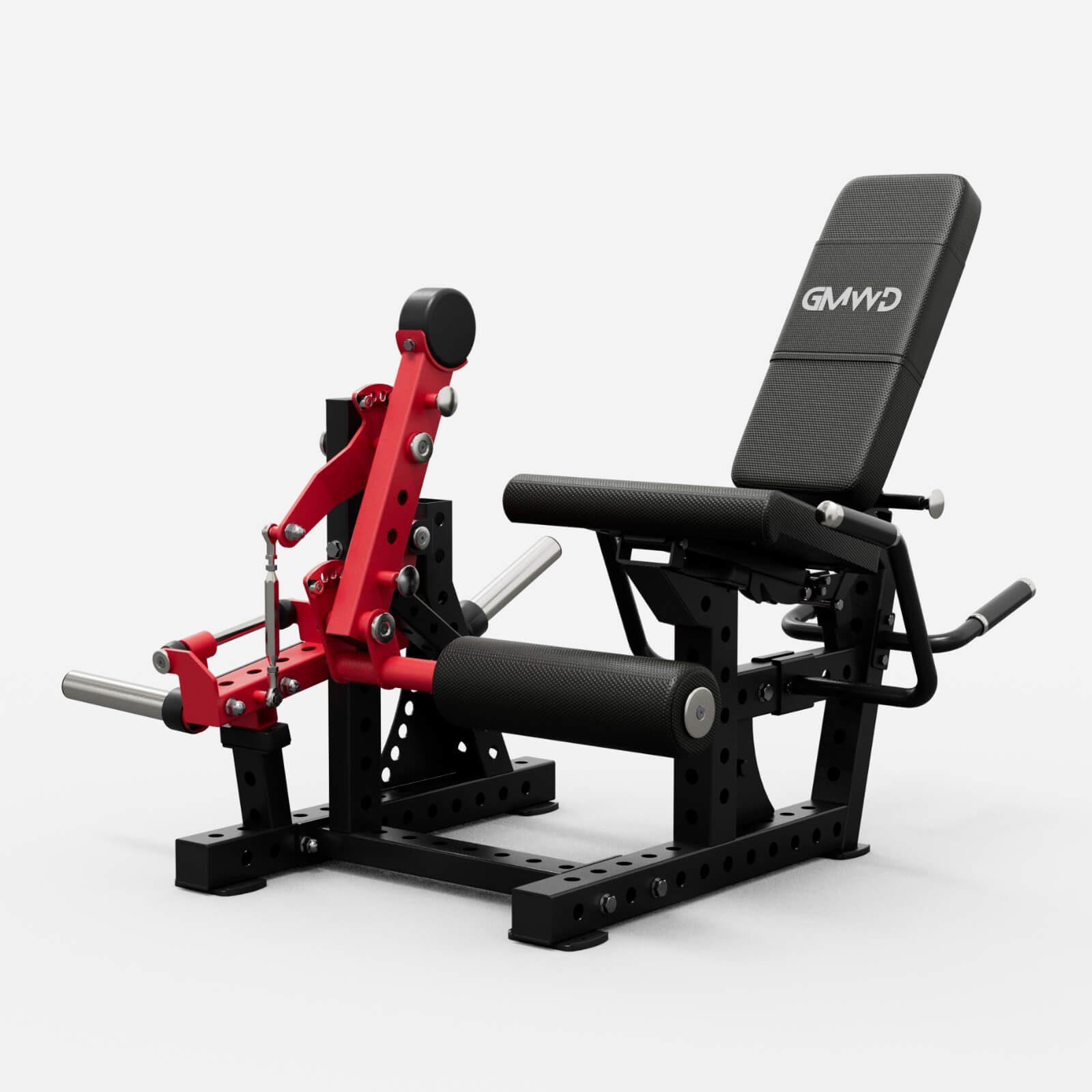

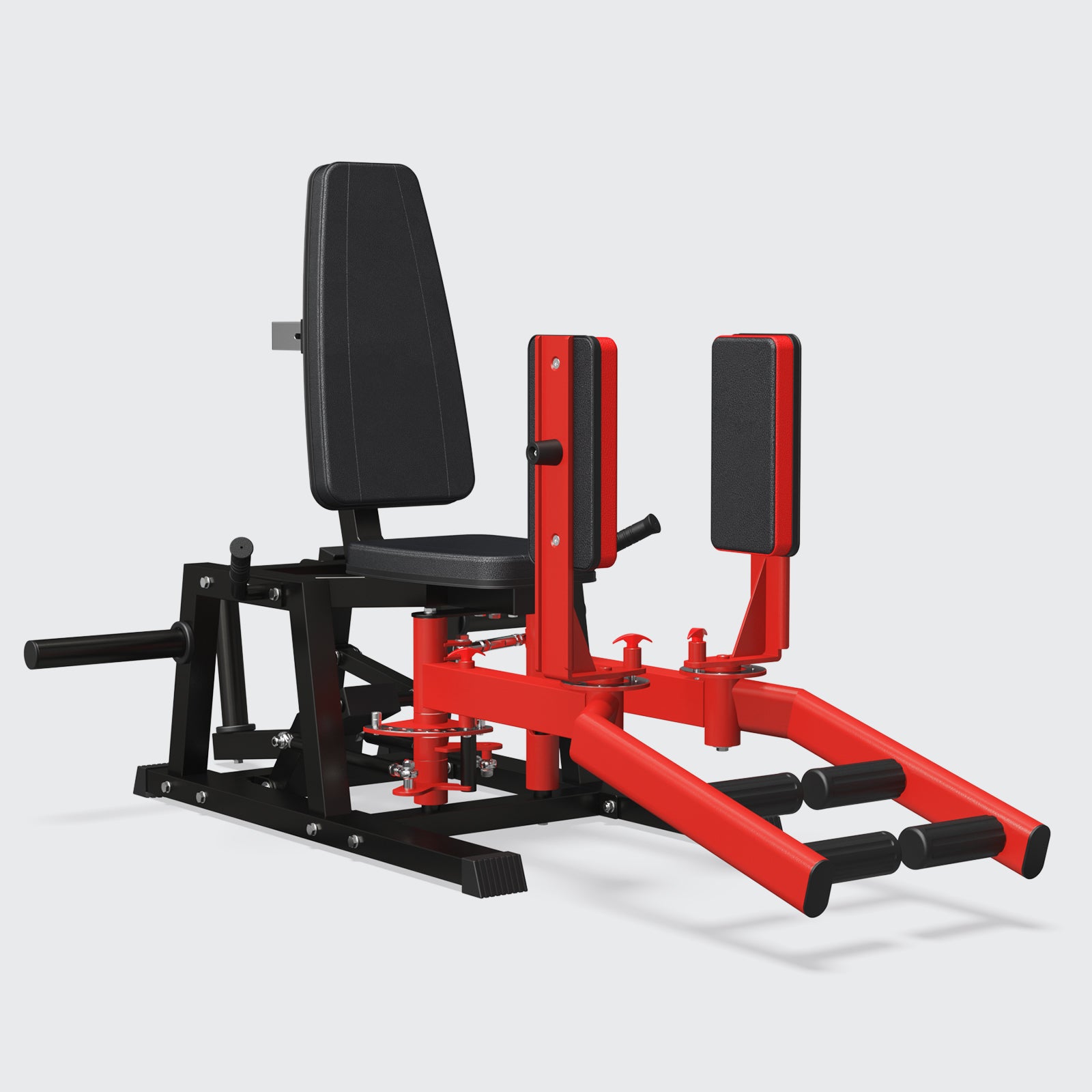
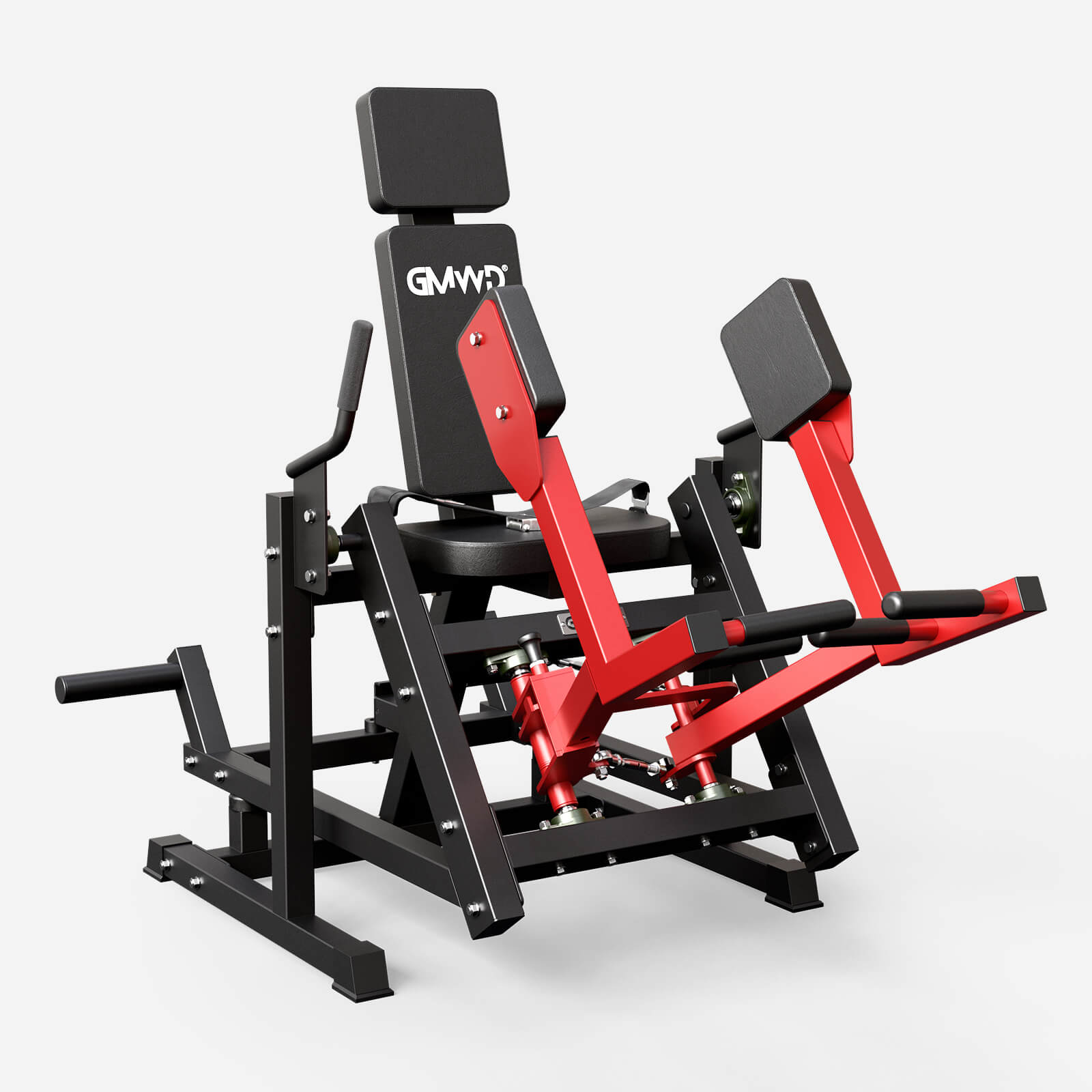

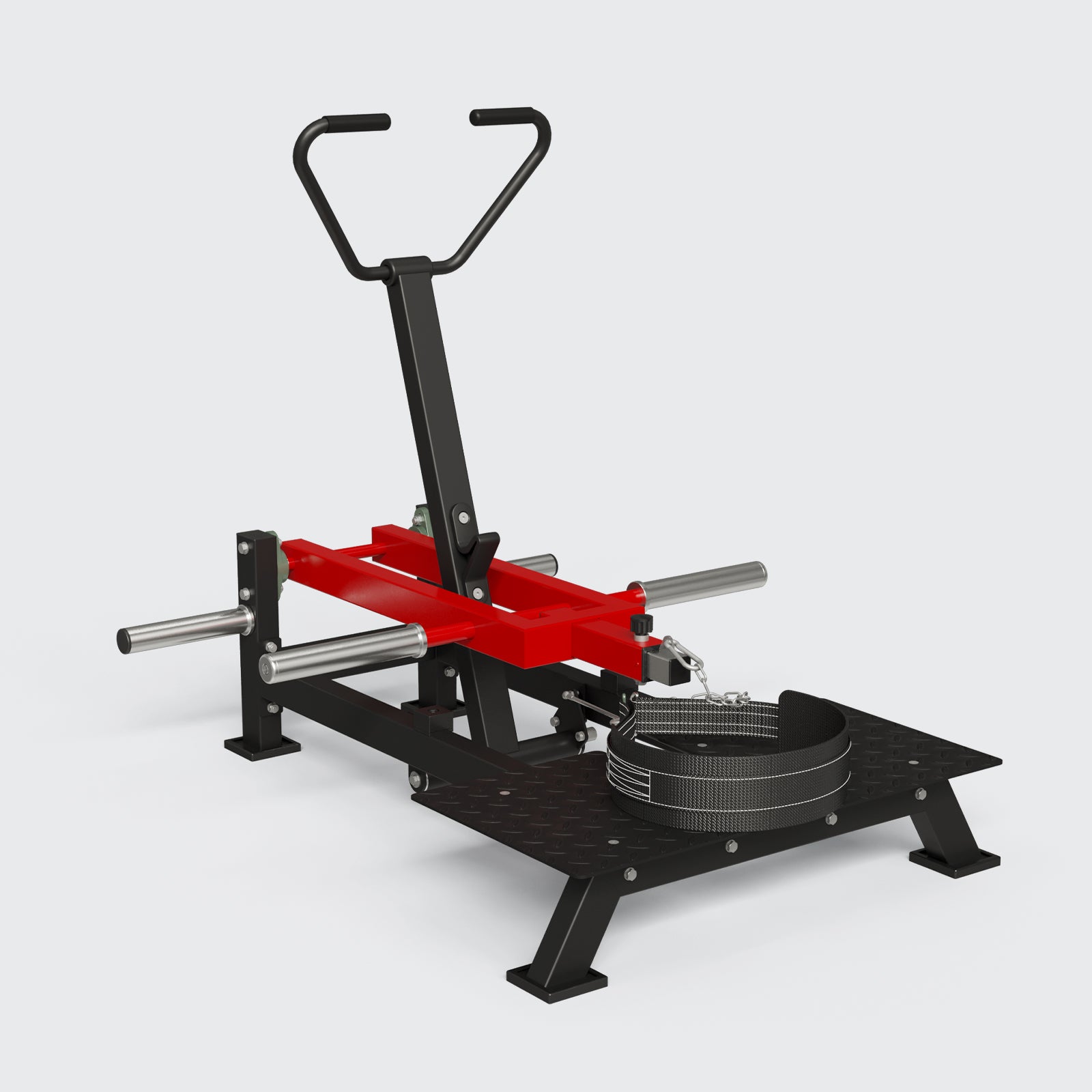
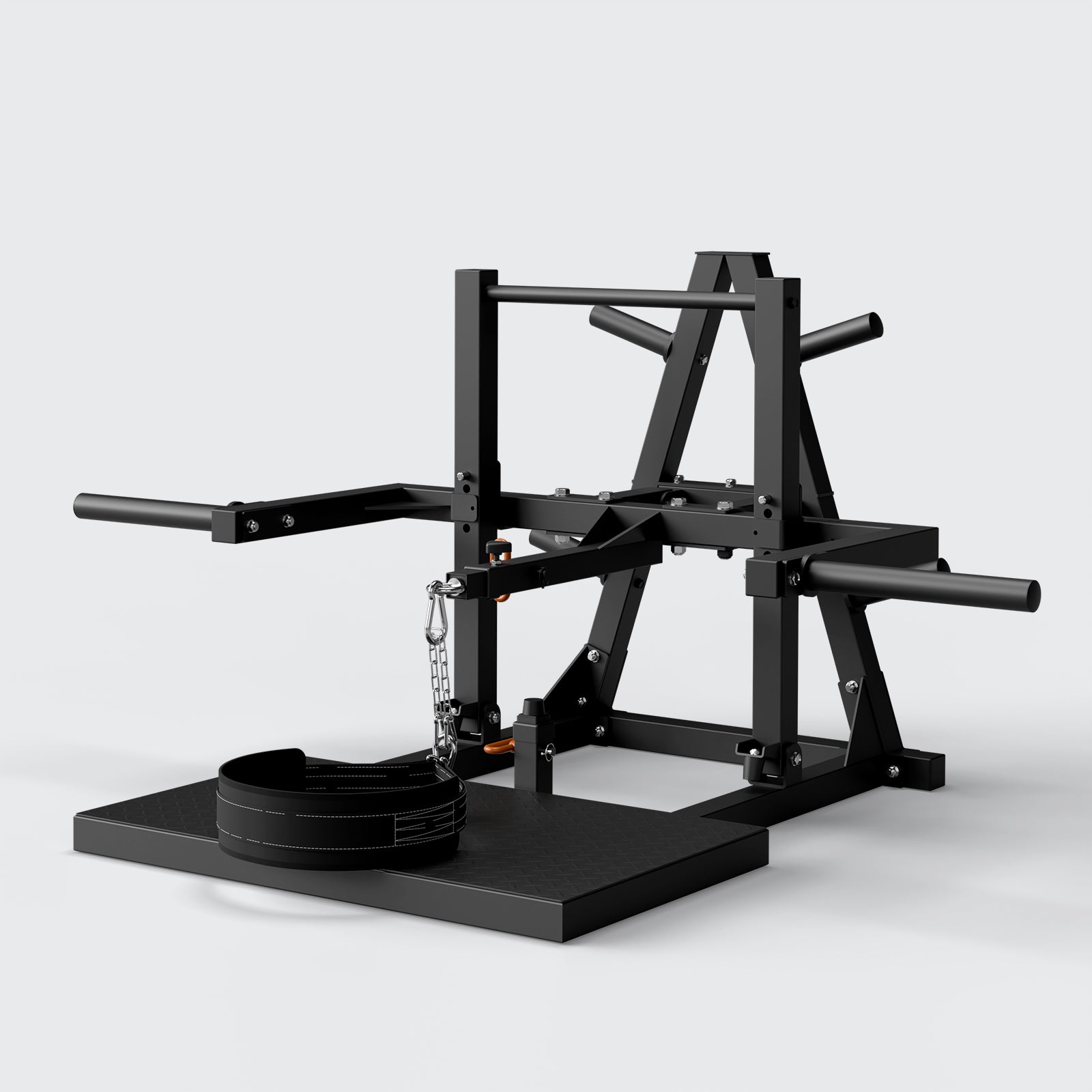
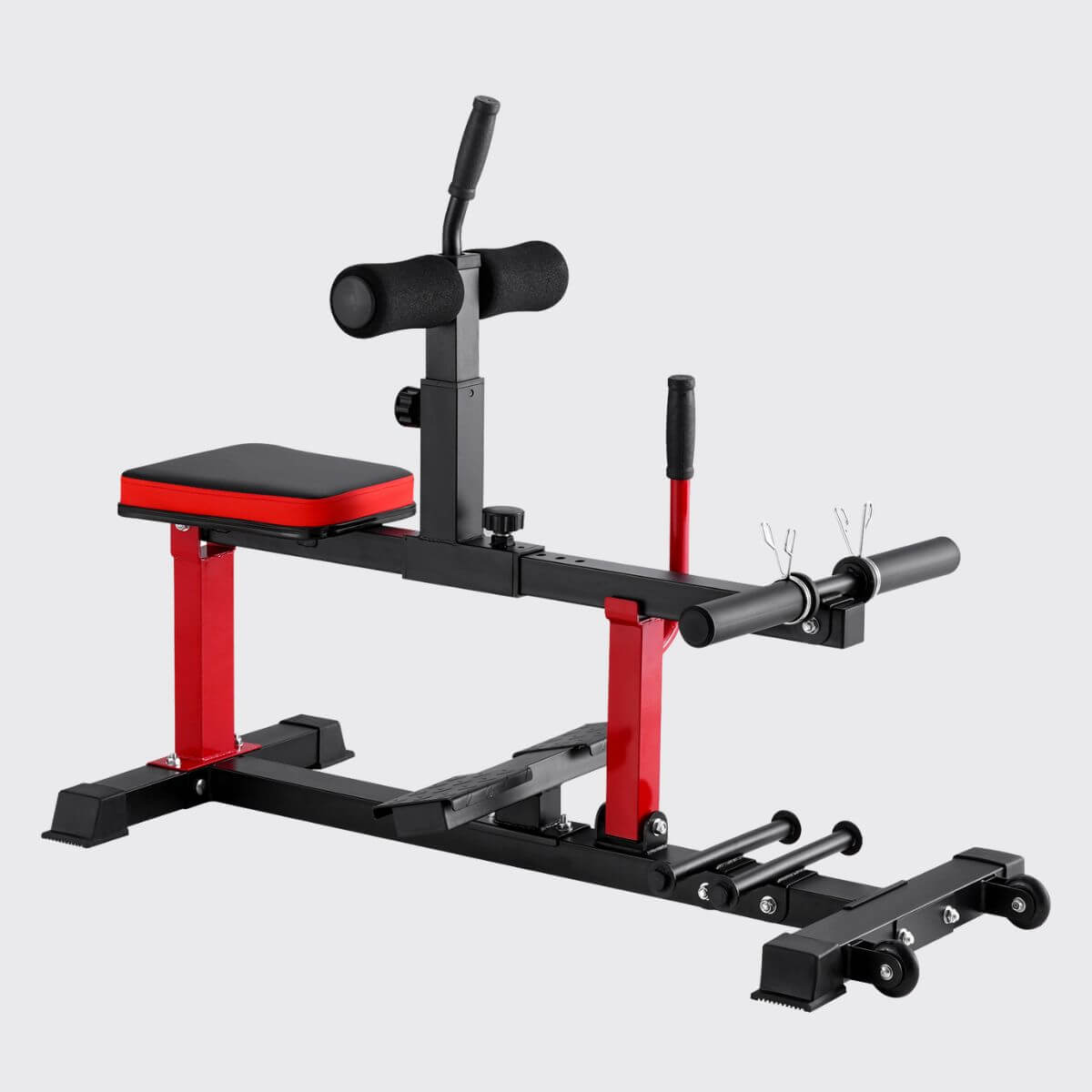
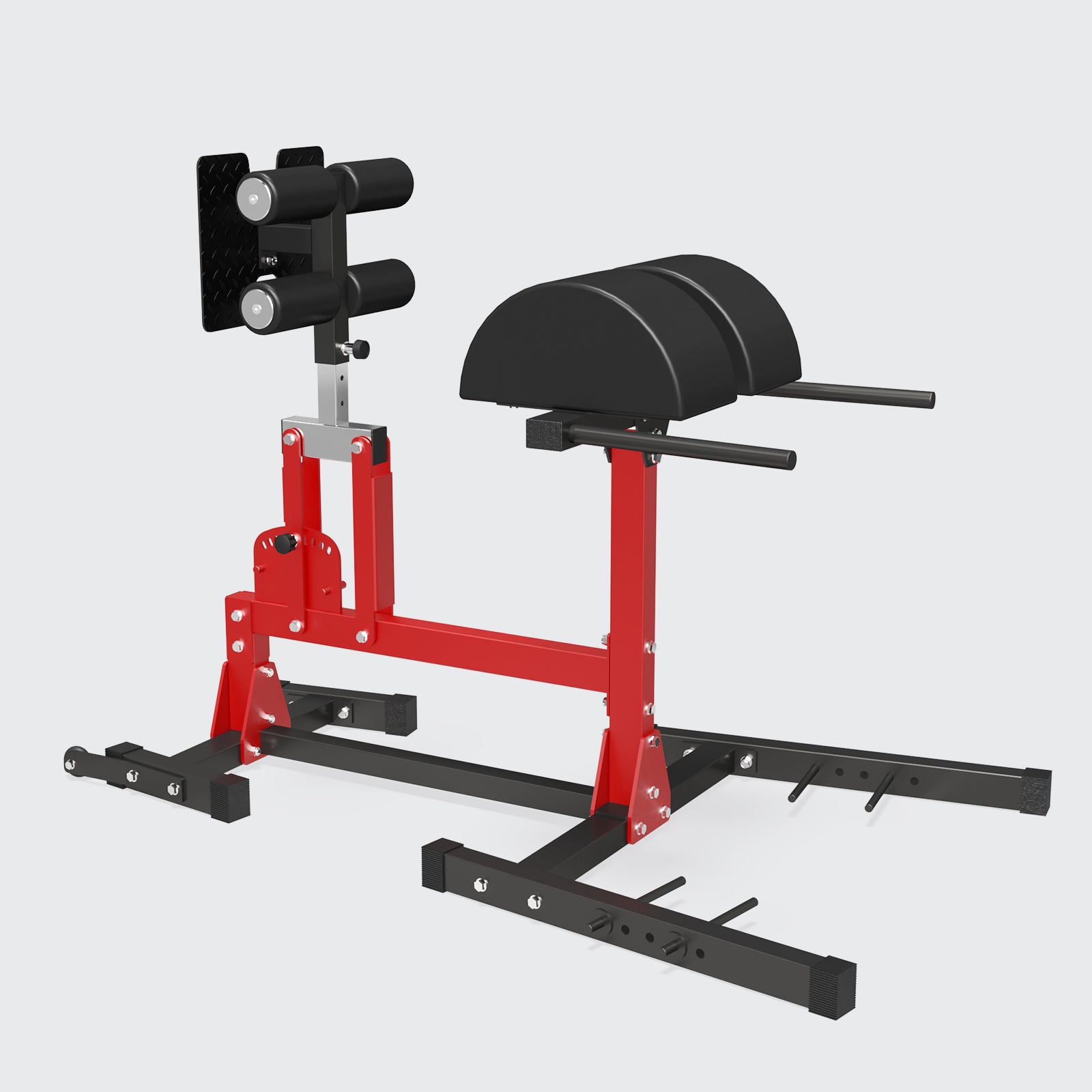
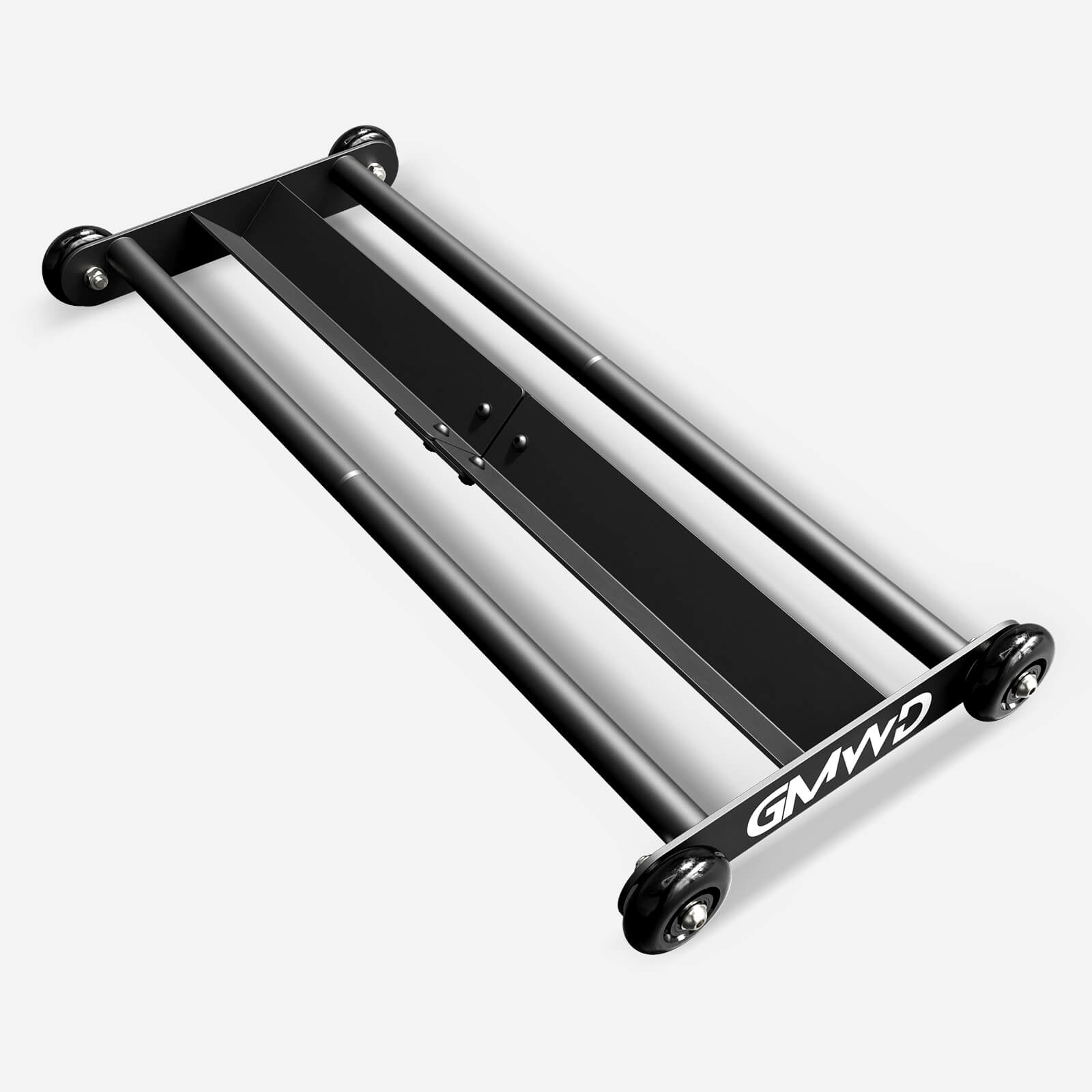
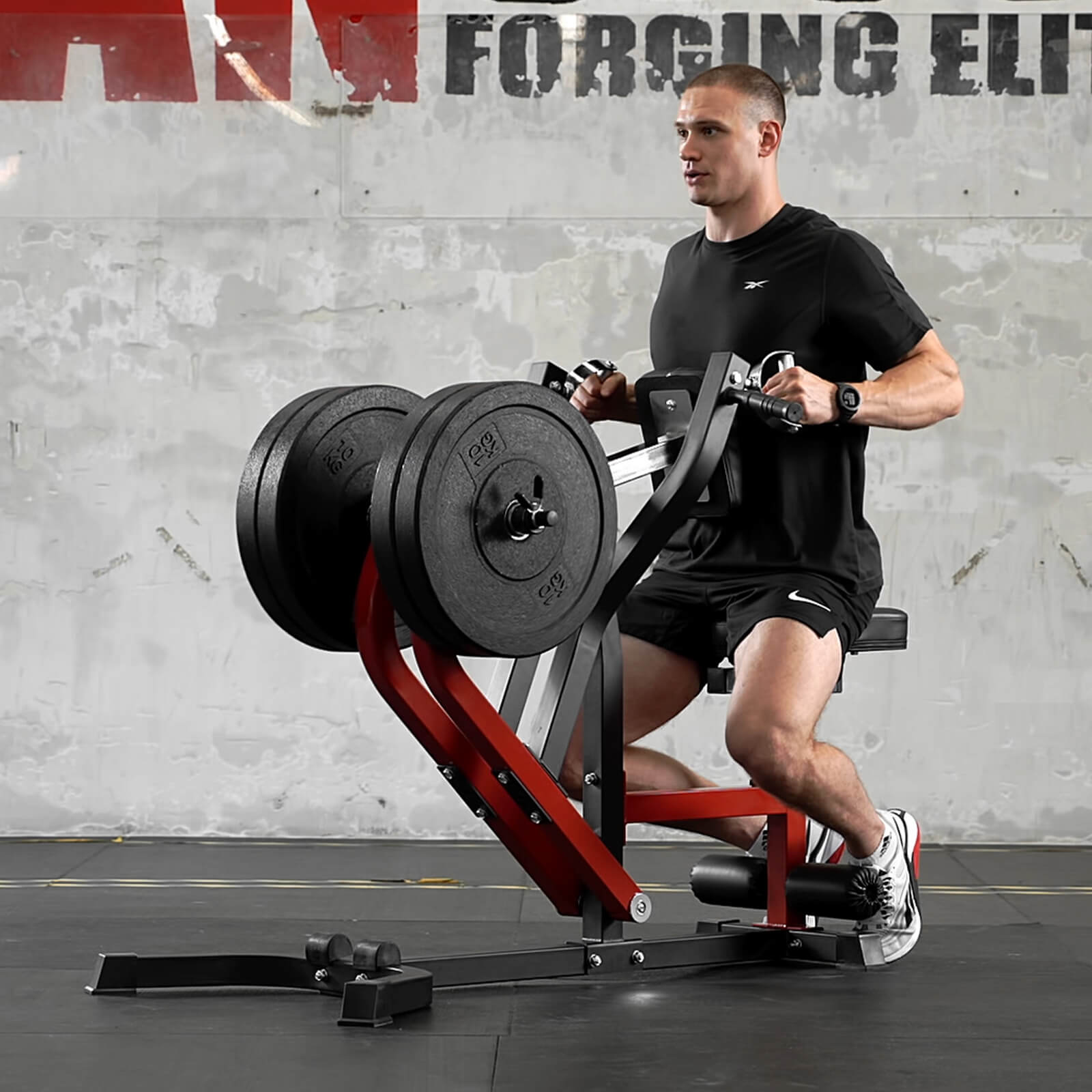
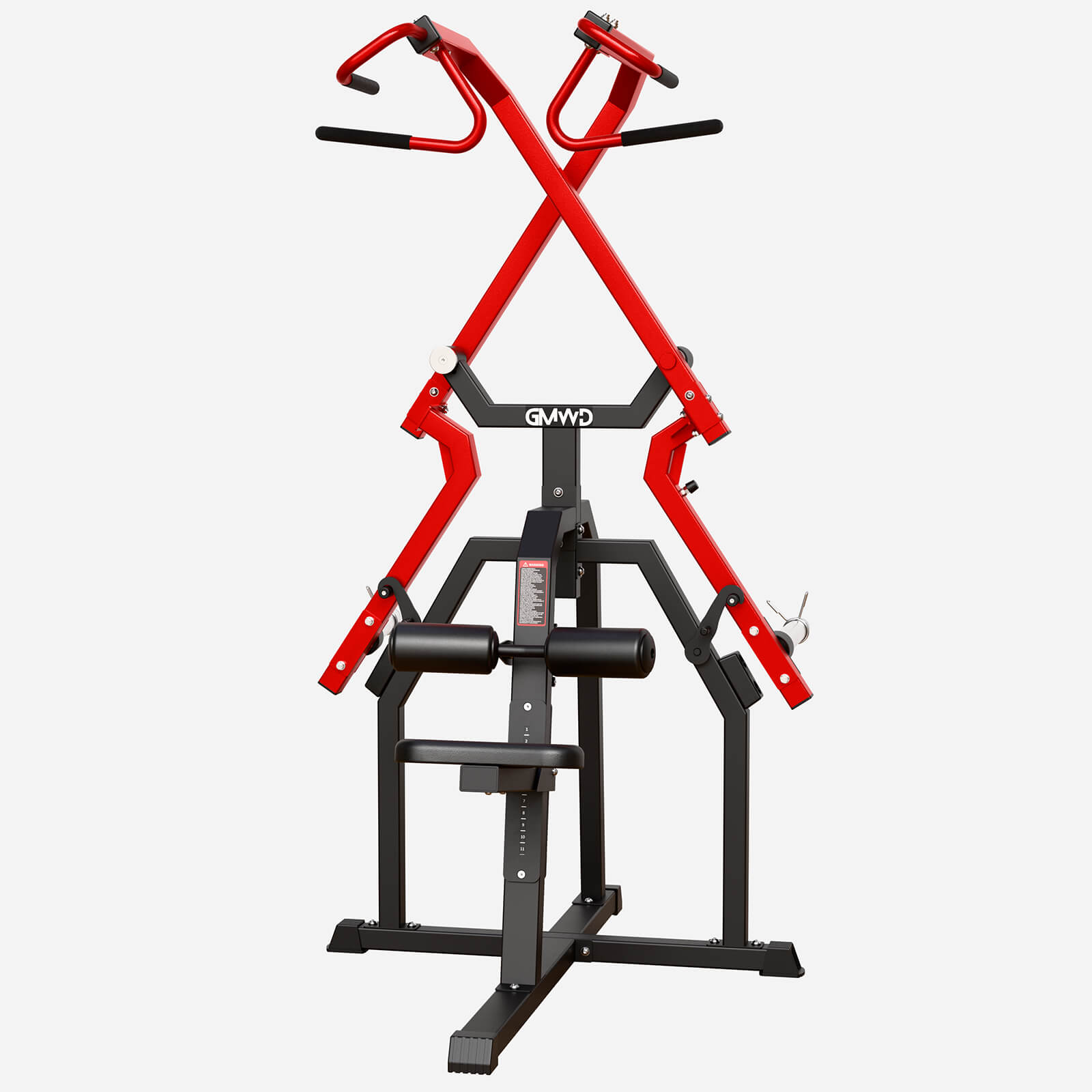
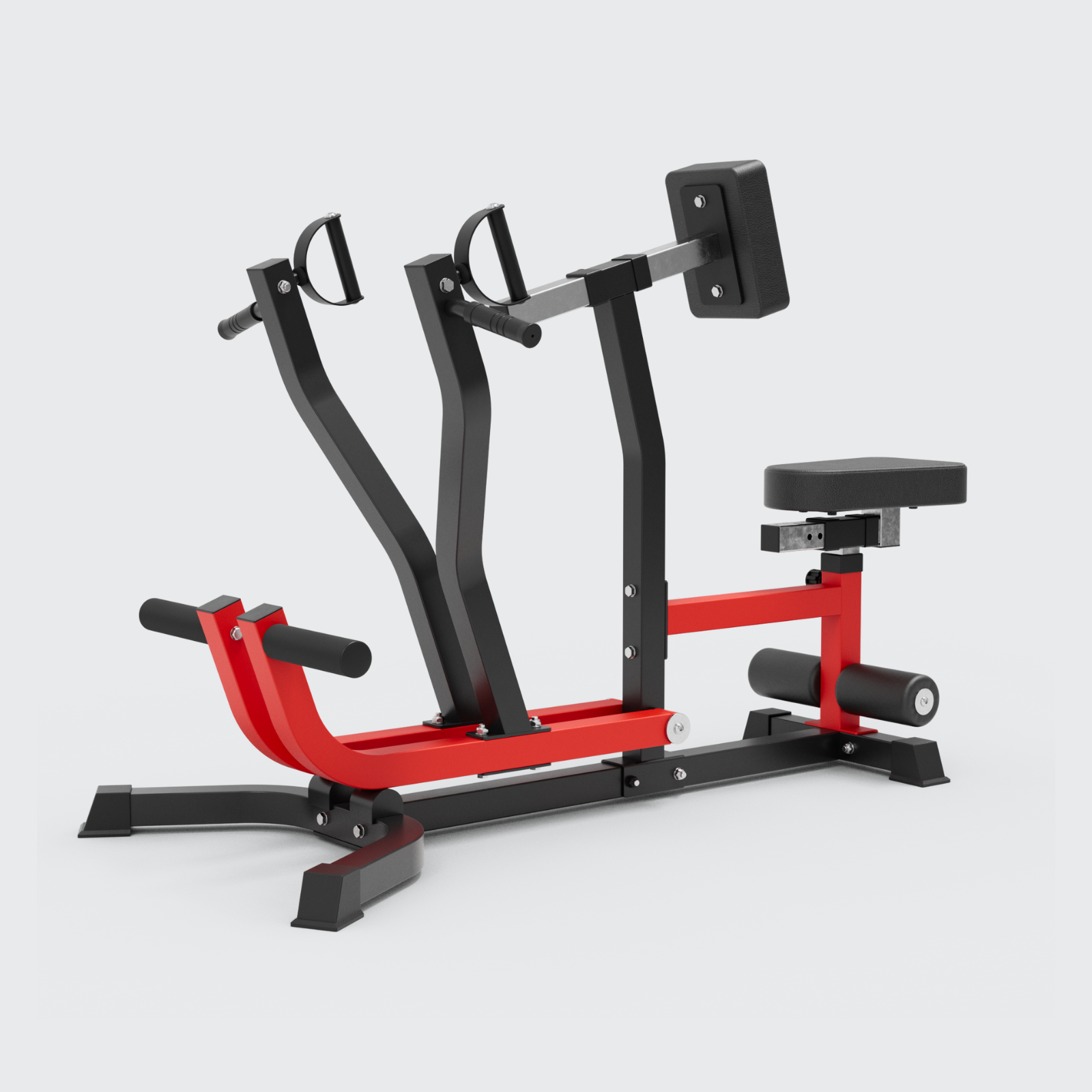
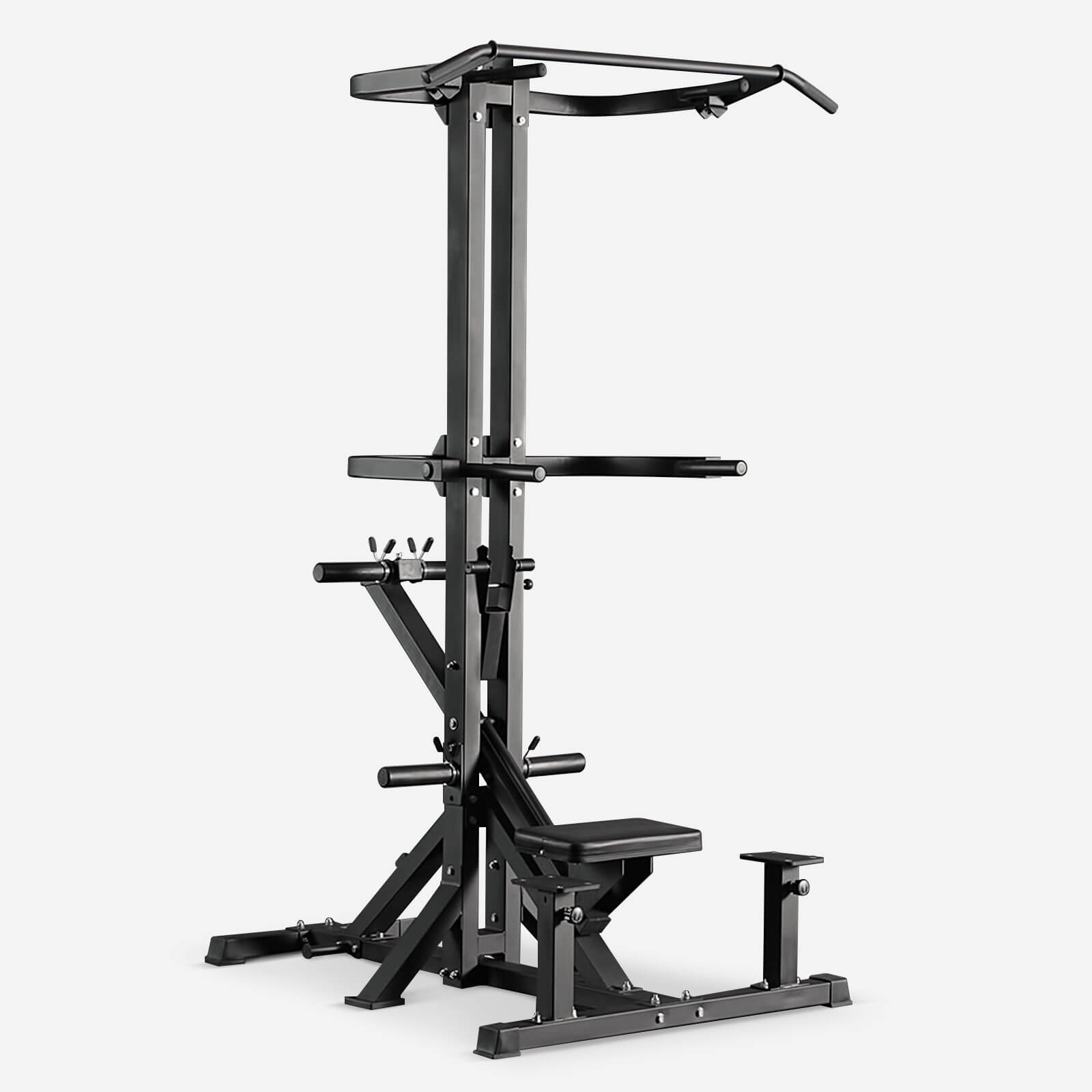

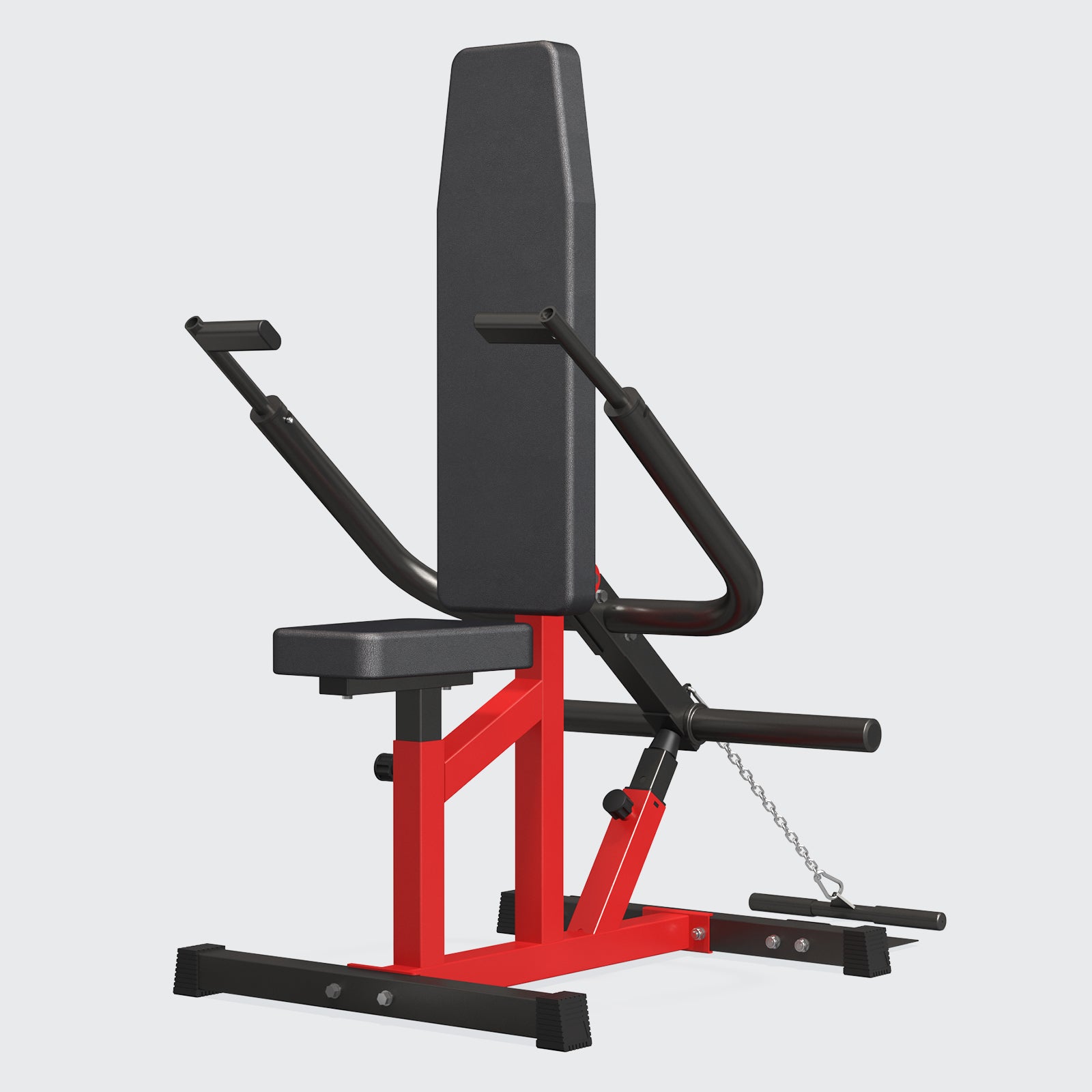
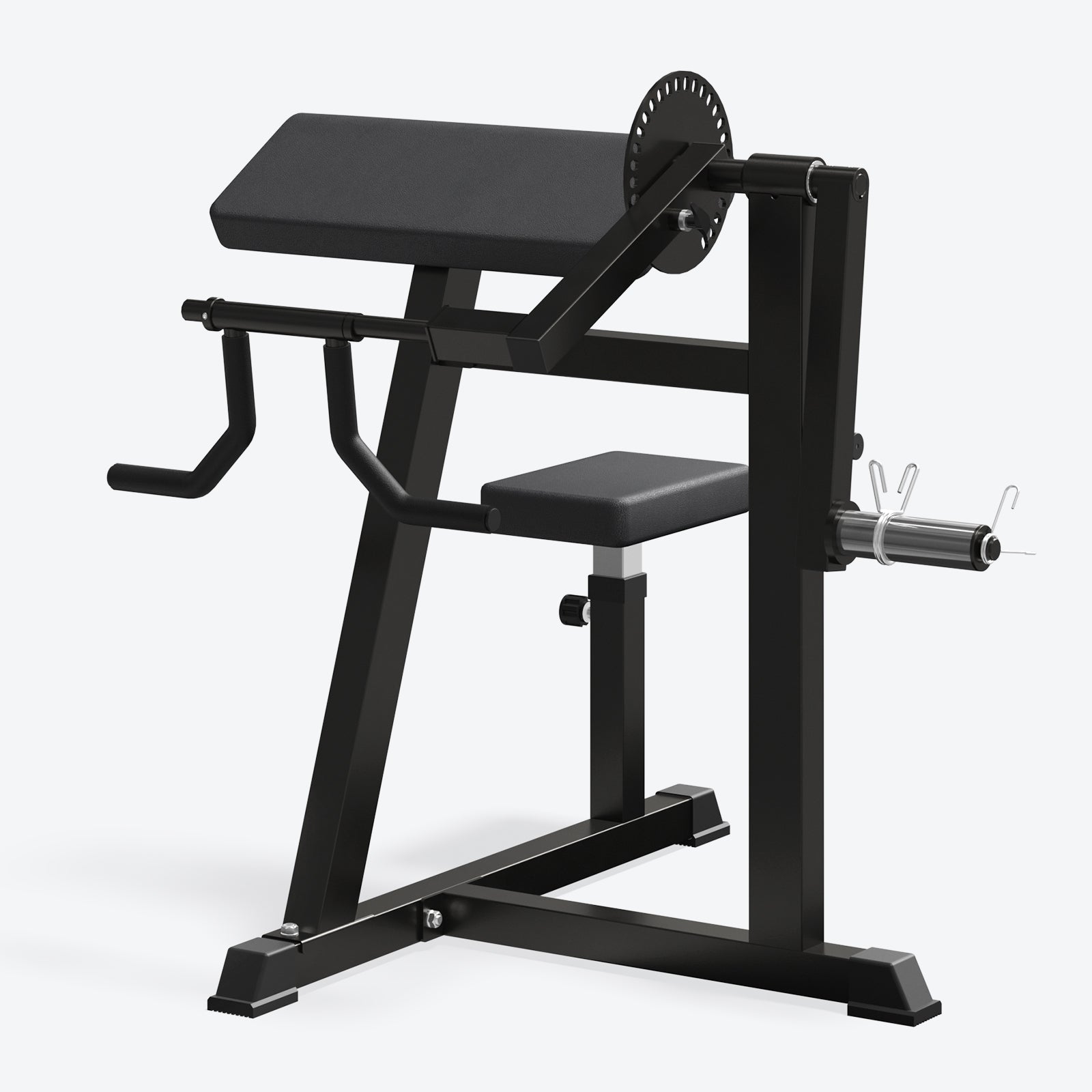
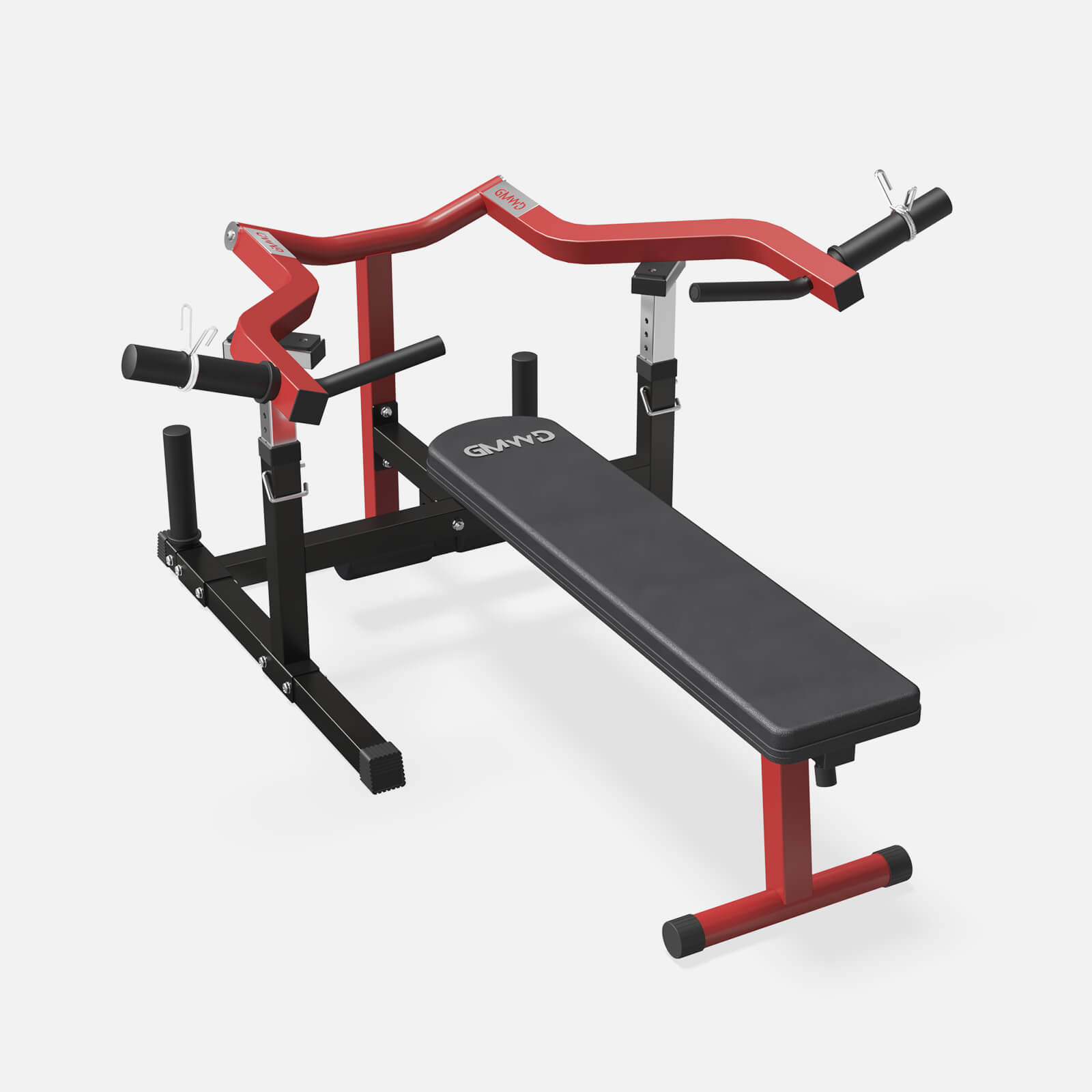
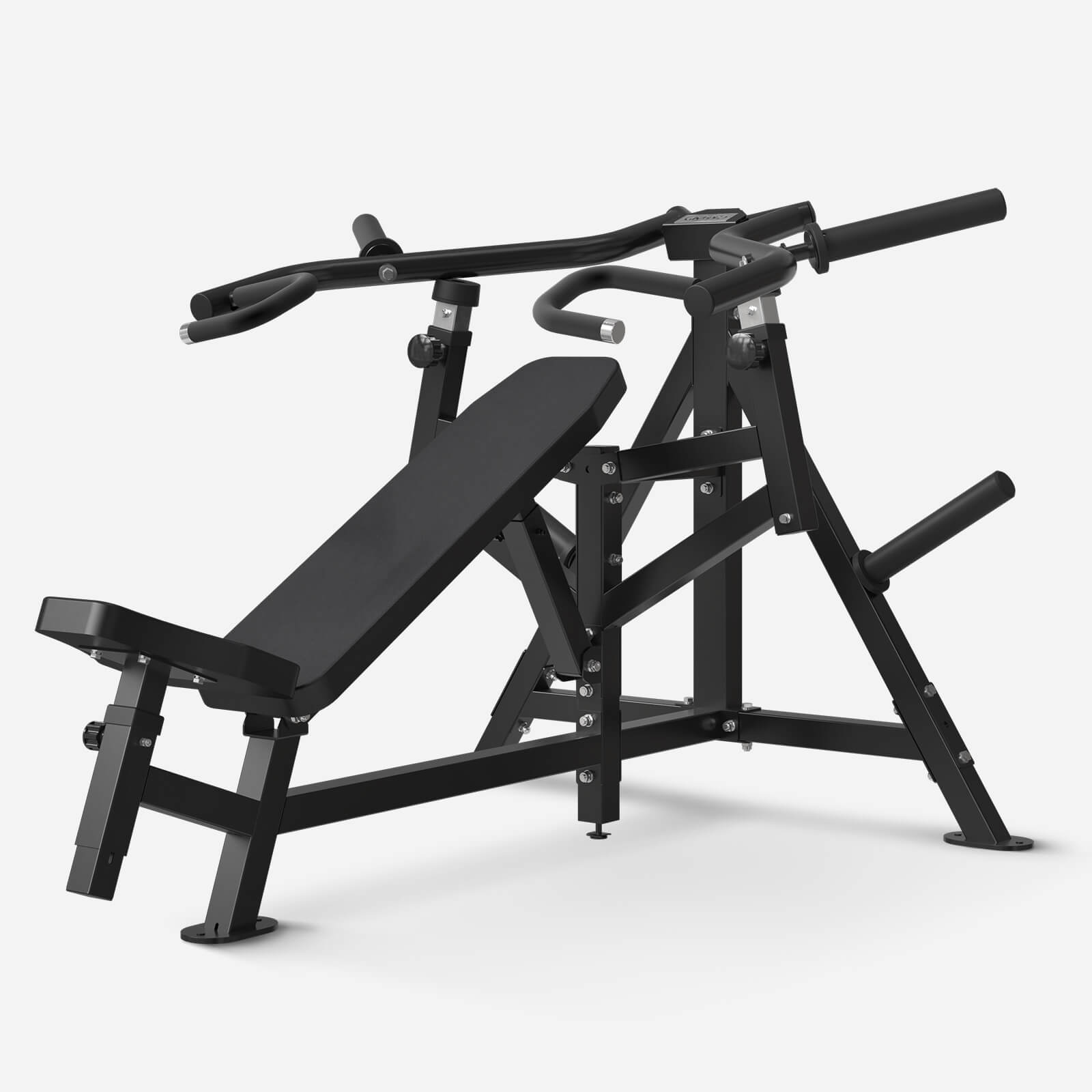
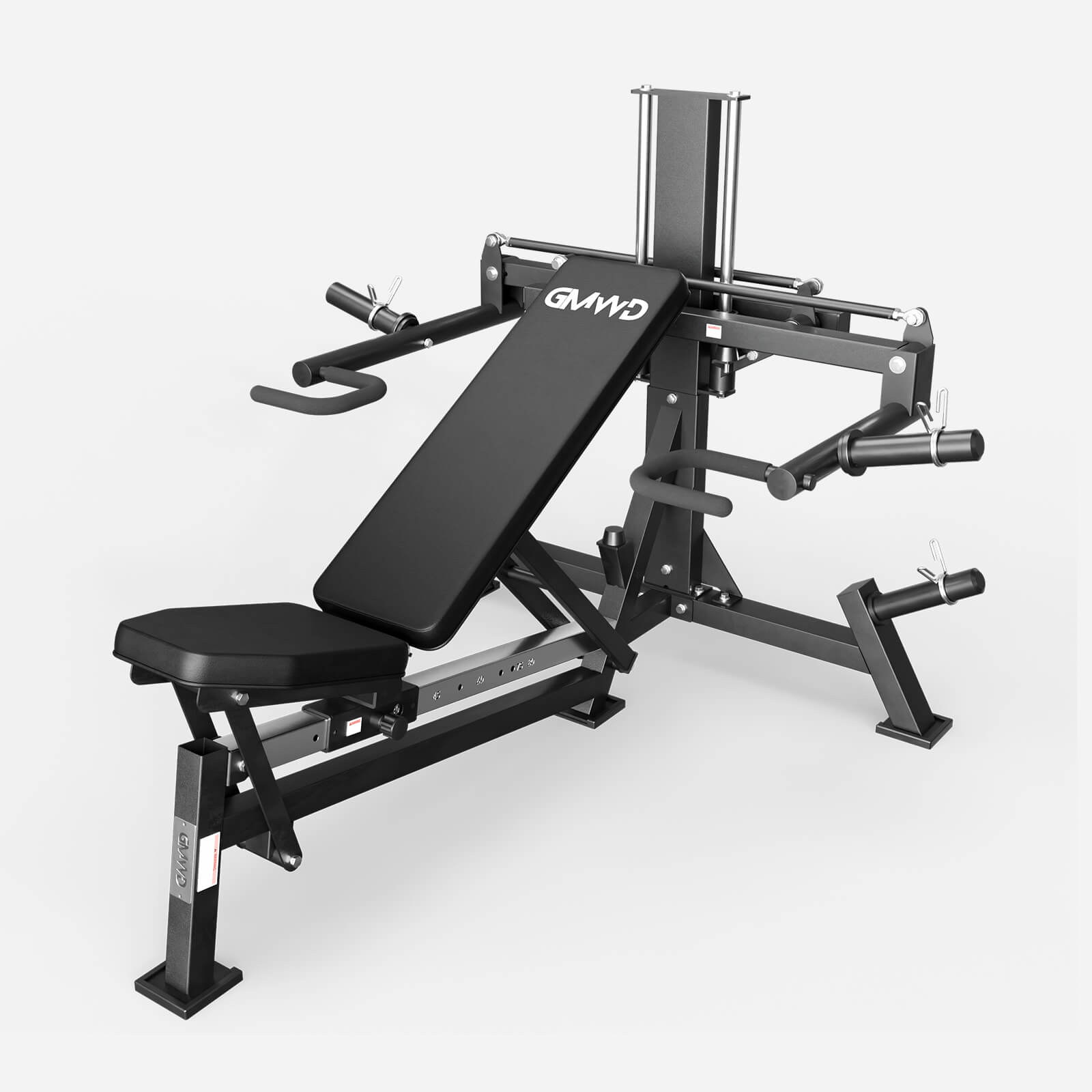
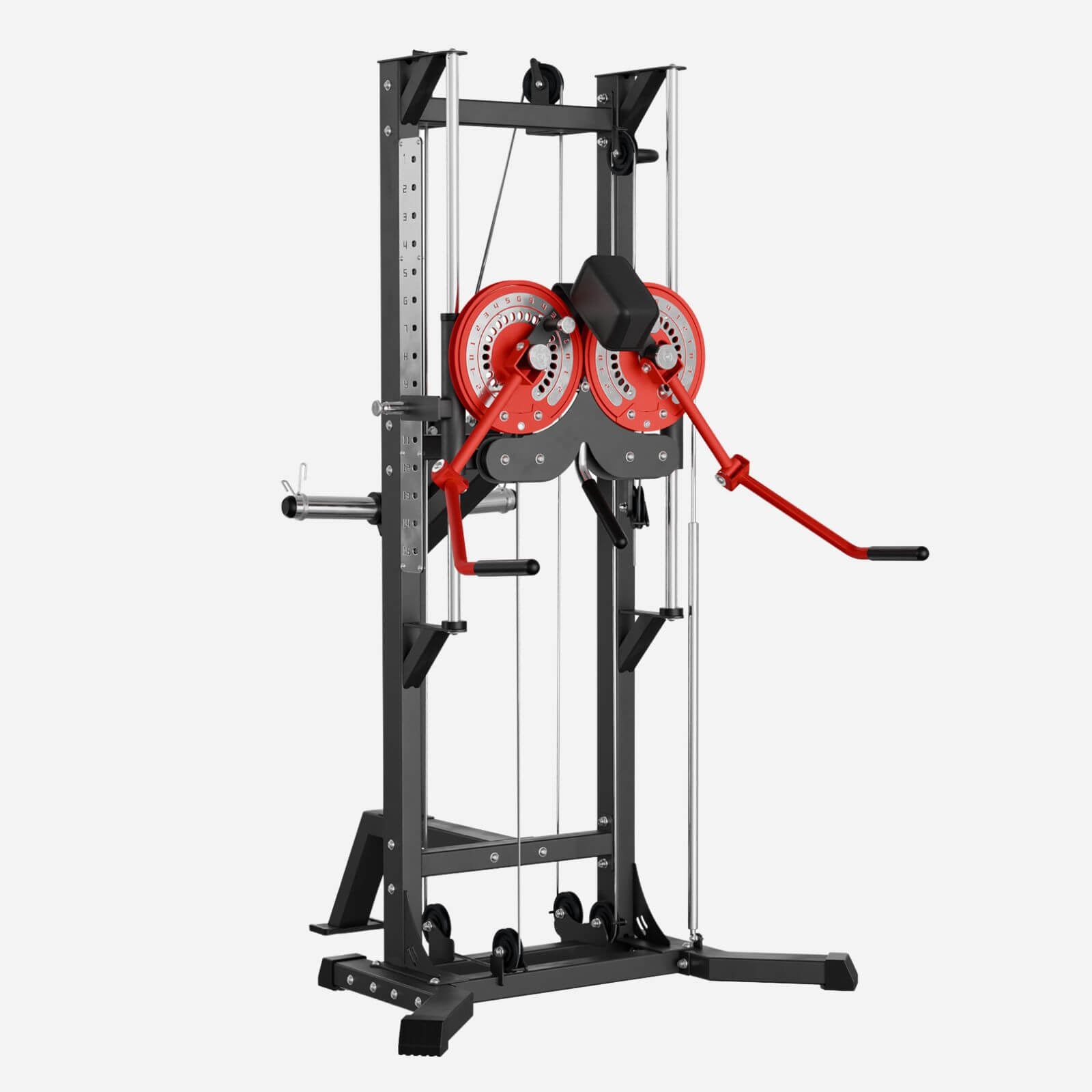
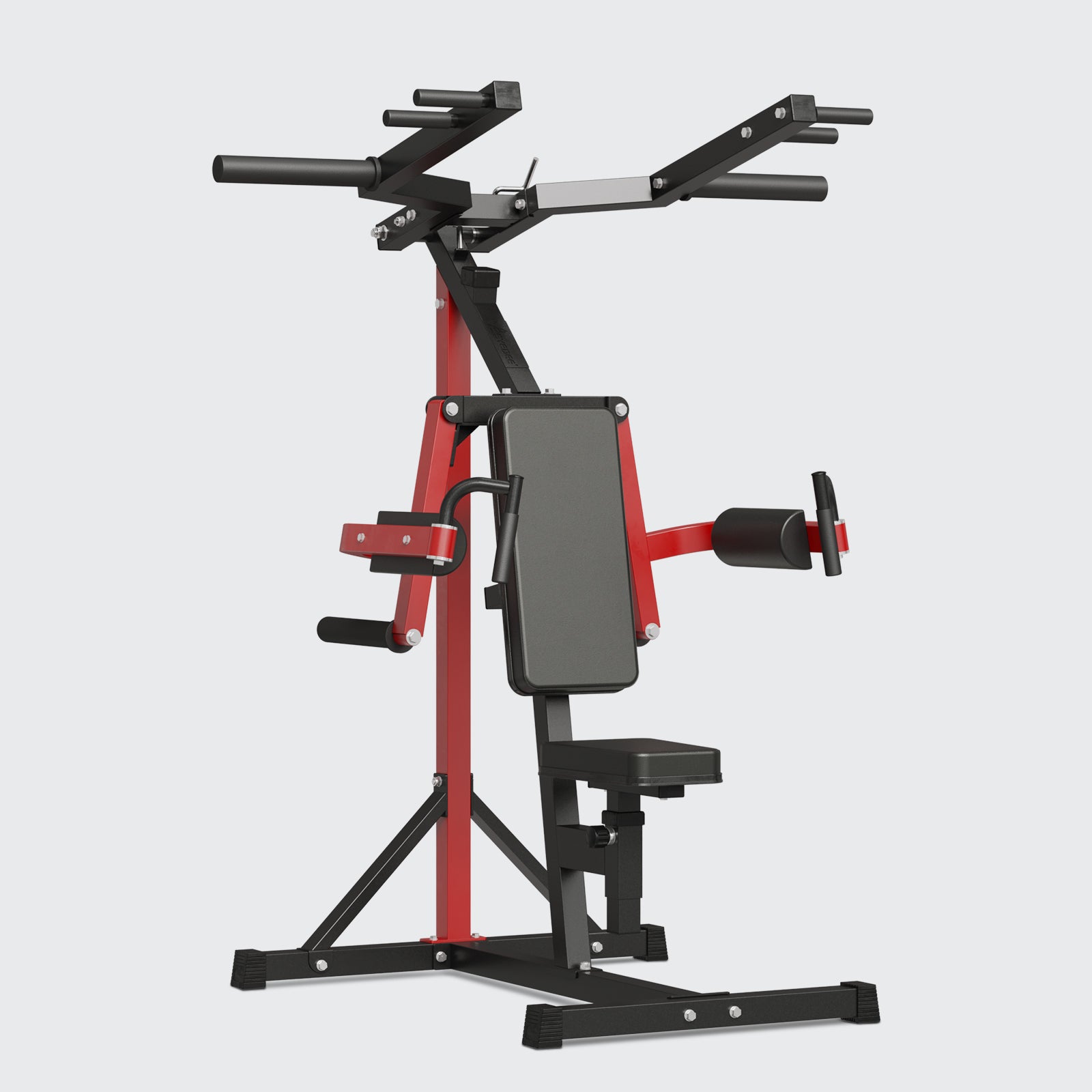
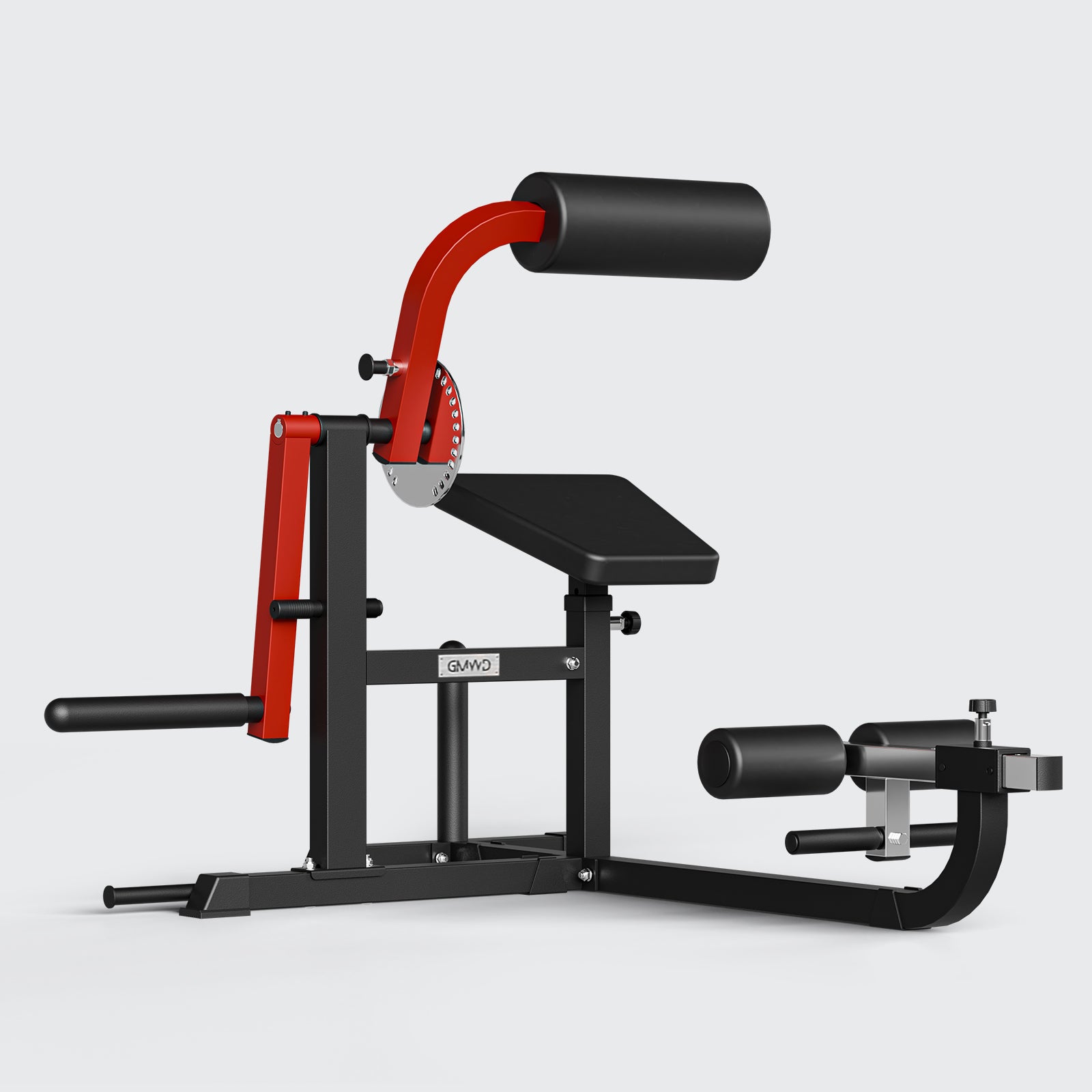
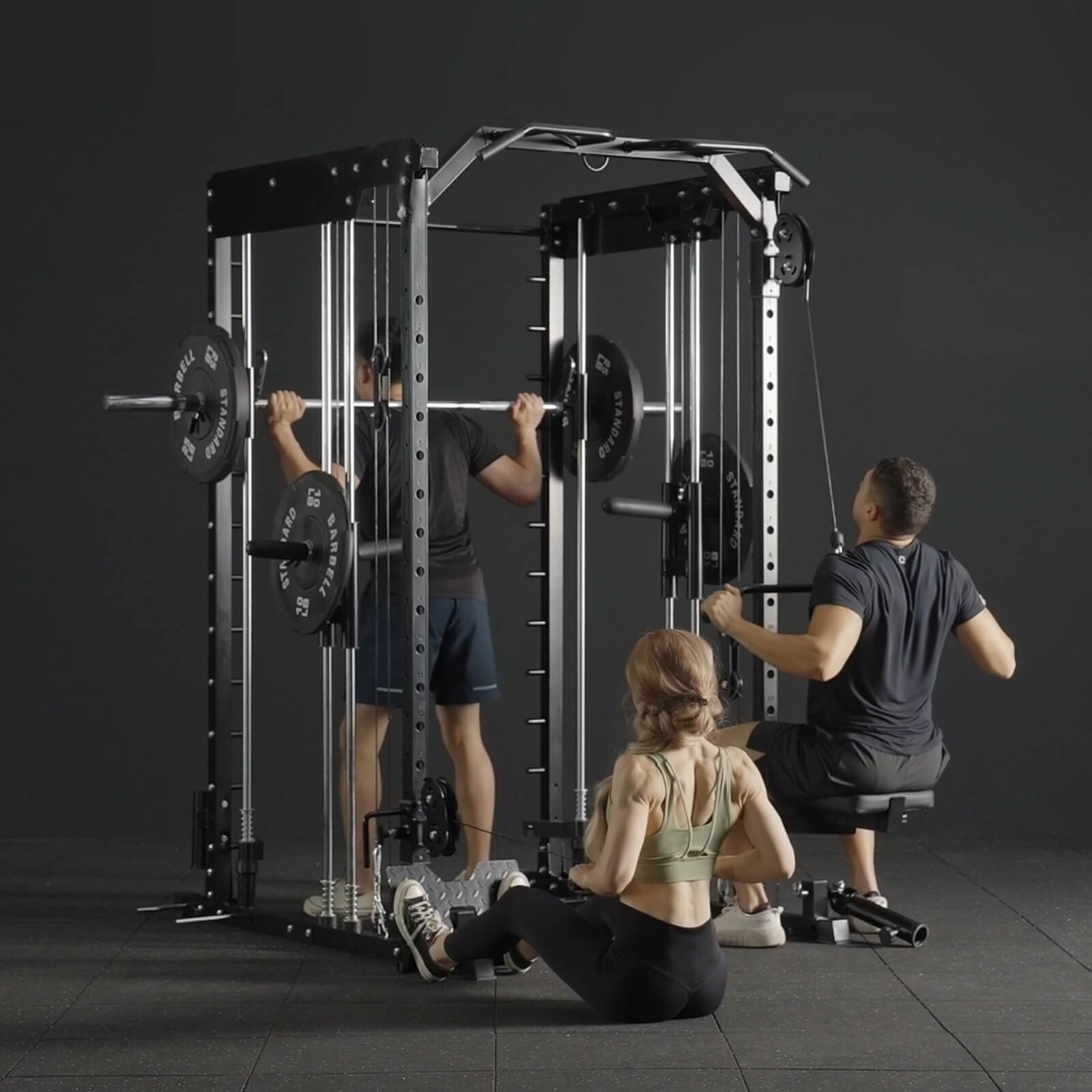
Leave a comment
All comments are moderated before being published.
This site is protected by hCaptcha and the hCaptcha Privacy Policy and Terms of Service apply.